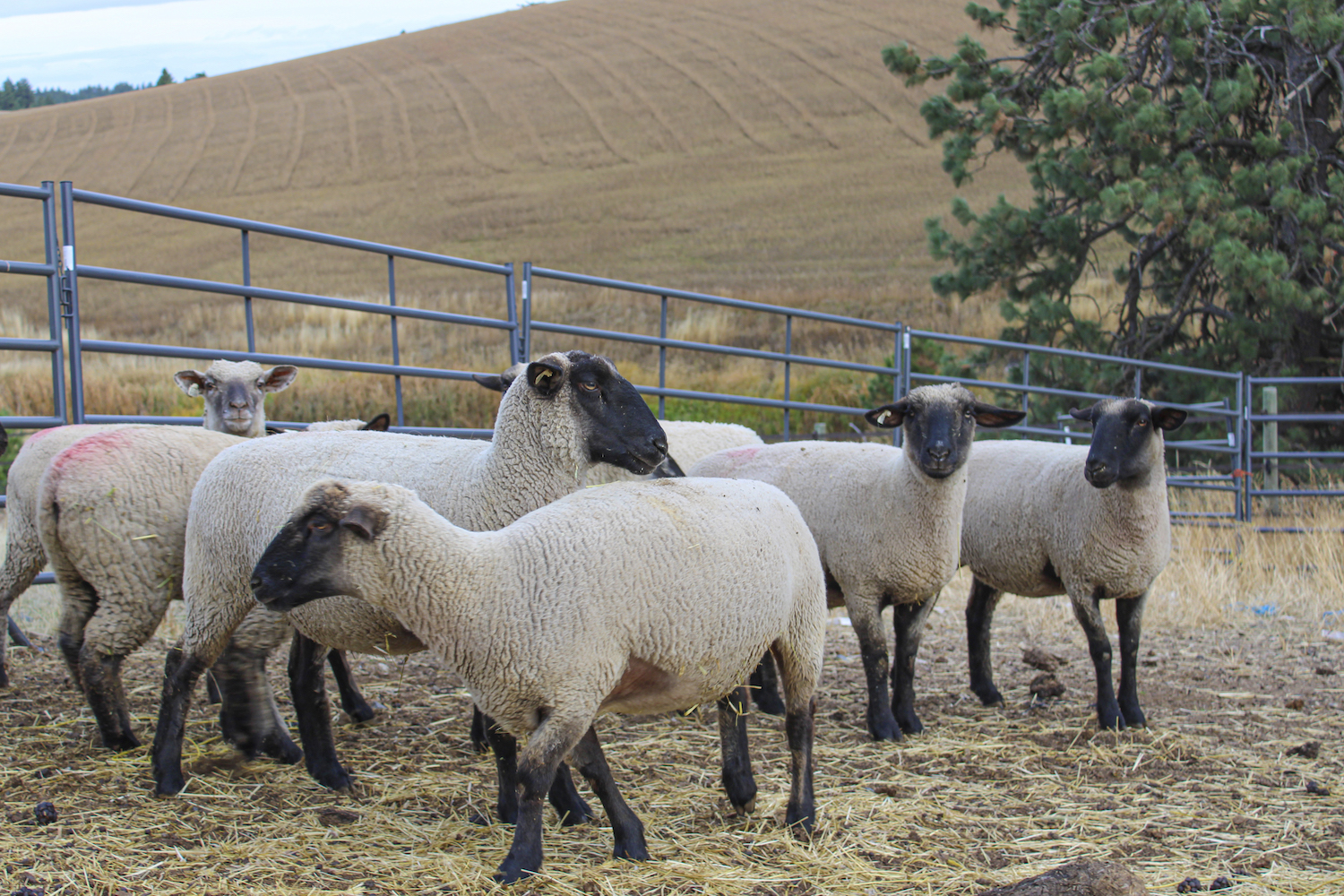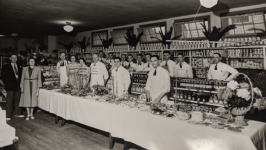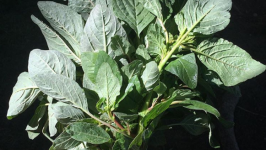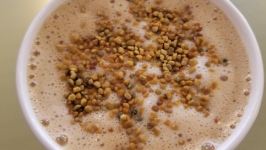A Not-So-Sheepish Effort
Sam and Quincy Smith’s idea to more easily tell their family what they were up to, raising lamb, blossomed into a tool for self-promotion.
While the two sisters and Latah County Fair 4-H award-winning shepherds maintained a social media presence for years, last year they added a new tradition—weekly “Sheep Sunday” videos—to their Facebook and Instagram pages. What started with less than a hundred views now brings in about 1,000 viewers weekly. Sam sees it as an educational experience for many.
“A lot of people don’t know about the sheep industry,” says Sam, 12, who runs a sheep operation with her 8-year-old sister, Quincy, in Moscow, Idaho.
They say their social media push expanded their brand. In part from competing in lamb shows in Palouse, Washington, and Denver, Colorado, their customer base spans several states. The State of Idaho, meanwhile, has been doing its own concerted push for agriculturalists since 2002.
To help Idaho producers, shepherds and ranchers further in their careers, Idaho created a program to connect them with Idaho consumers and distributors called Idaho Preferred. The program helps producers by providing outreach through social media, web promotion and networking with consumers and distributors, something similar to Sam and Quincy’s efforts.
Meat producers especially benefit from the program’s help to spread knowledge about how to use whole animals rather than specific cuts. That helps to teach consumers and distributors how to get more bang for their buck and eases the burden on shepherds to find people willing to buy less-popular cuts. On top of all that, it helps people know where their food is from and whom they are supporting, says Skylar Jett, a trade specialist for Idaho Preferred.
“Our message is Idaho. You’re supporting Idaho,” she says. Idaho Preferred has about 300 member producers as of this year, many of whom report benefits, according to a survey that found 64% of members say being affiliated with Idaho Preferred has increased sales, at times by up to 25%.
For sheep operations, it is important to increase the rate of people who buy whole animals because many might just want to buy a particular cut, like ribs for a rack of lamb. On top of Idaho Preferred’s work to teach people how to use more of the animal, the program helps connect shepherds with chefs who are more willing to cook with the entire lamb.
Jamie Talan of Weiser River Ranch says she already does some of the work herself to show consumers how to get more out of lamb. She says that creates a “comradery” by showing others what she does with lamb and building a relationship. She says Idaho Preferred helps expand that bond to more consumers and more producers.
“I just love the fact that people are so passionate about what they grow and how they grow it,” Talan says. “That’s why I love Idaho Preferred—because everyone I’ve met is just doing a really good thing to be so connected with the earth.”
Talan says letting people know where their food comes from is a huge motivator for people. “That’s why people go to farmers markets,” she says, adding “I think relating to people around food is just a very emotional experience.”
But getting people to factor lamb into their diets isn’t as easy as it is for other more prevalent meats. Idaho Preferred also plays a role here, Jett says. The state program is on the heels of a September retail roadshow in which it visited around two dozen stores and handed out samples of Idaho products.
Jett says shepherds on the tour showed people how to prepare lamb into different dishes in hopes of spreading its use.
“I don’t think it’s usually in a lot of people’s minds,” she says. “It’s usually not the first protein they go out and seek.”
Through their short “Sheep Sunday” videos, Sam and Quincy also try to spread awareness about lamb. In a late September video, they explained an age-old question: “Where do baby lambs come from?” Quincy says as she wiggles side to side.
In the first of their breeding-season videos, they explain the process of artificial insemination. A week later, they do a video thanking everyone who has helped them throughout the year, before returning to an explanation of traditional breeding with chalk markers to track offspring.
Many of the videos stem from where Sam and Quincy see a gap in public knowledge about sheep, says Kasee Smith, their mother. In between their weekly videos, they upload shorter videos of cute jumping lamb or a picture of their latest baby. But their “Sheep Sunday” installments hold a special place.
“Us doing the weekly vlogs lets them know that we’re all invested in this business,” Sam says.
This article was funded through a partnership with Idaho Preferred. Edible Idaho retained control of its content. For more information on Idaho Preferred, visit IdahoPreferred.com.
Latah County Fair 4-H
Idaho Preferred | @idahopreferred
Weiser River Ranch











